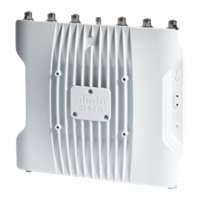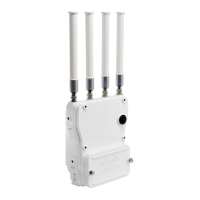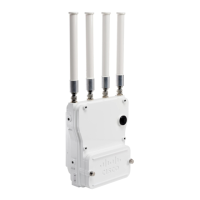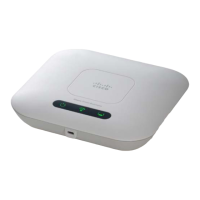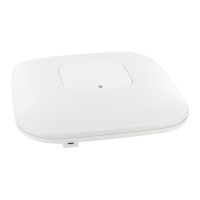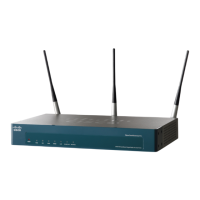Procedure
Step 1
Connect and power up the access point.
Step 2
Observe the Status LED (see Status LED, on page 8).
On successful power-up, the discovery and join process begins. During this process, the Status LED blinks green-red-off.
On a successful join, the Status LED is green when no clients are associated, or blue when one or more clients are associated.
Note
•
If the Status LED is not on, the access point may not have power.
•
If the Status LED blinks green-red-off longer than 5 minutes, it cannot find its primary, secondary, and
tertiary Cisco Wireless LAN Controller. Check the connection, and ensure that both are on the same subnet
or that the access point has a return route to its primary, secondary, and tertiary Cisco Wireless LAN
Controller.
•
If the access point is not on the same subnet as the Cisco Wireless LAN Controller, ensure that there is a
properly configured DHCP server on the same subnet. See Configuring DHCP Option 43 and DHCP Option
60, on page 58.
Step 3
Reconfigure the Cisco Wireless LAN Controller so that it is not the master .
Configuring PoE Out Function
You can configure the PoE-Out port power function in autonomous mode for by using the following CLIs:
•
To disable the PSE function, use the power out-never command.
•
To turn on the PoE out function, use the no power out-never command.
ap(config)# power [inline | out-never]
inline Inline power configuration
out-never Never apply PoE out power
This command will not be effective if the AP is powered only by PoE/PoE+.Note
Connecting Ethernet Daisy Chain
The Ethernet daisy chain feature is available on IW3702 autonomous mode.
IW3702 has two Ethernet ports: POE-IN (Gig0) and POE-OUT (Gig1). You can connect several IW3702 access points in daisy chain
via Ethernet cables directly.
Make sure that you use 4-pair cables which support 1000 Mbps. This feature cannot work properly with
2-pair cables which support 100 Mbps.
For the speed and duplex settings on the Ethernet port of the access point , it is recommended that you
configure auto for both, which is the default setting.
Note
60
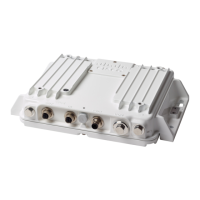
